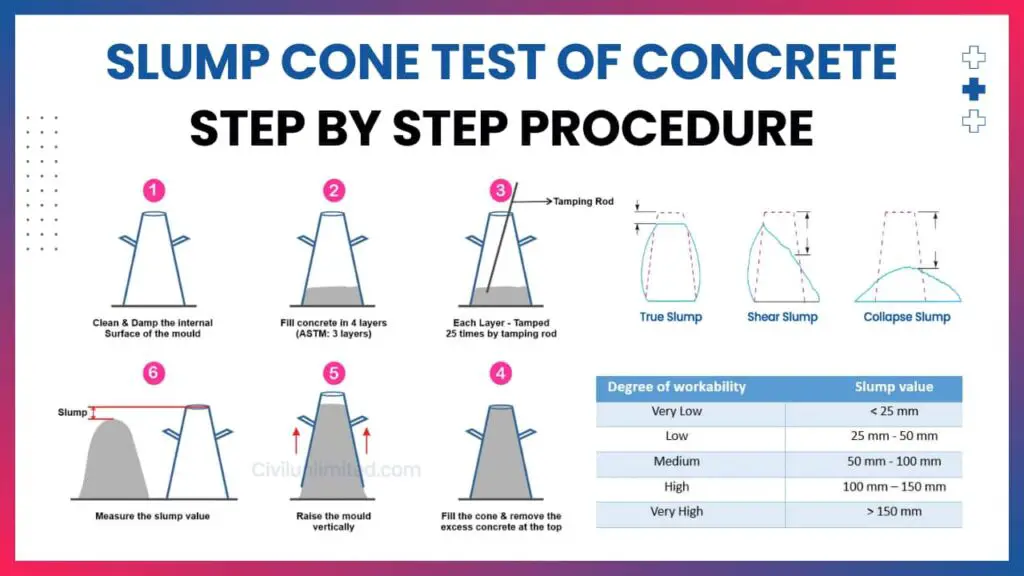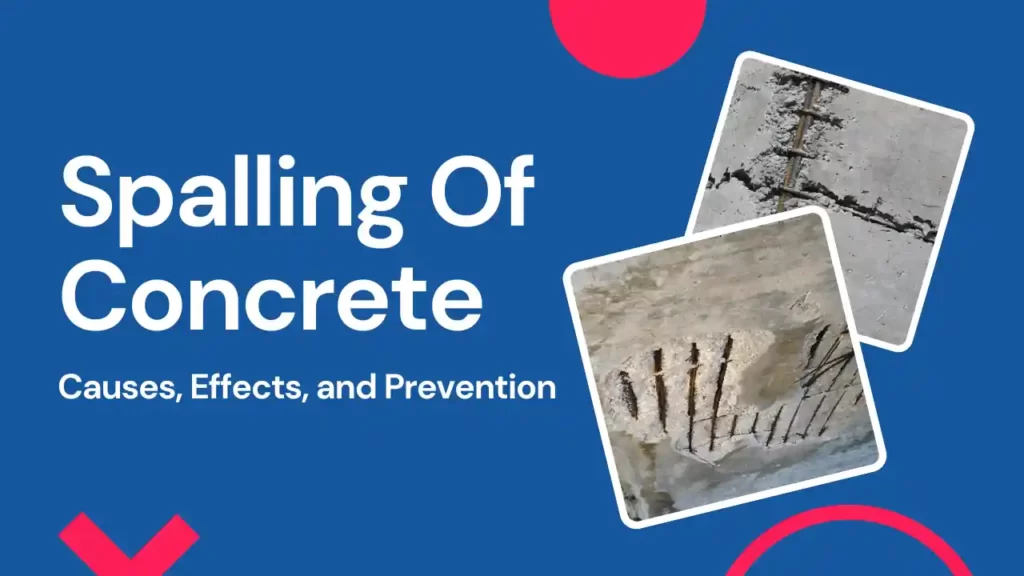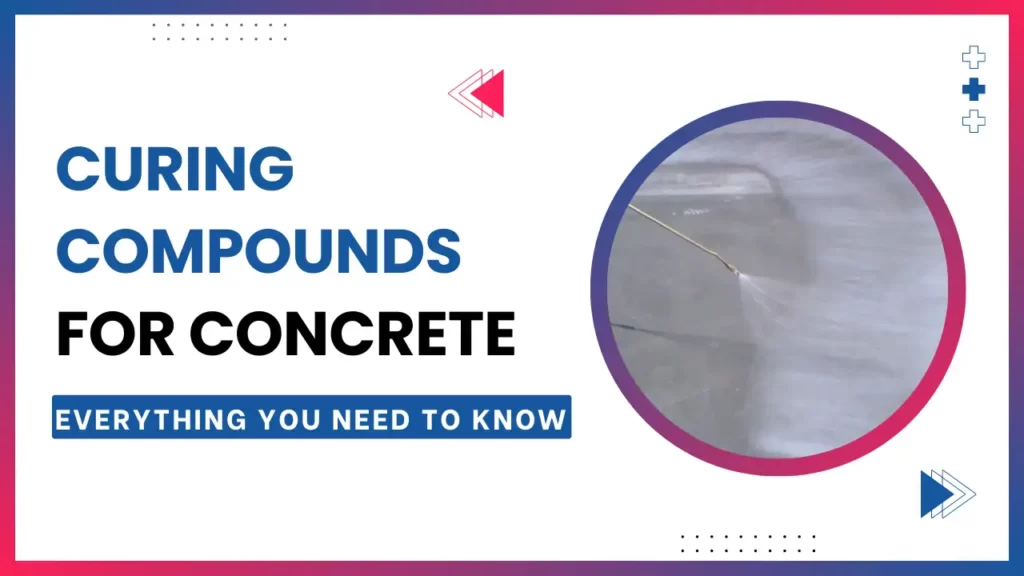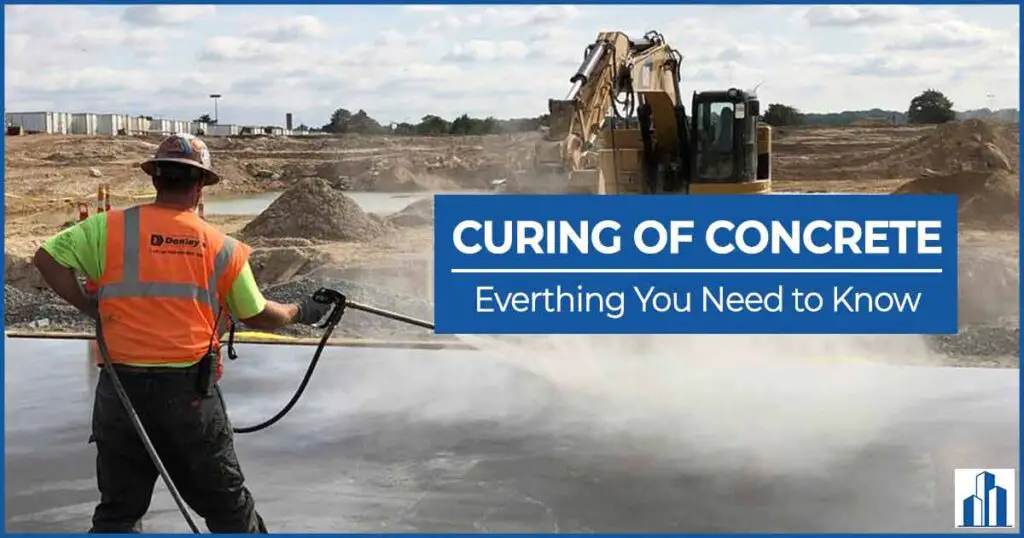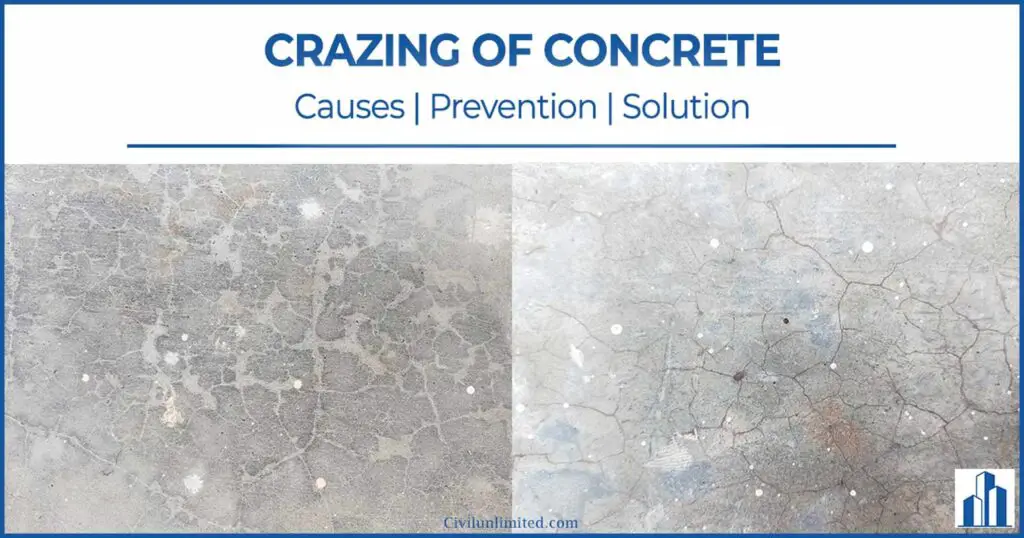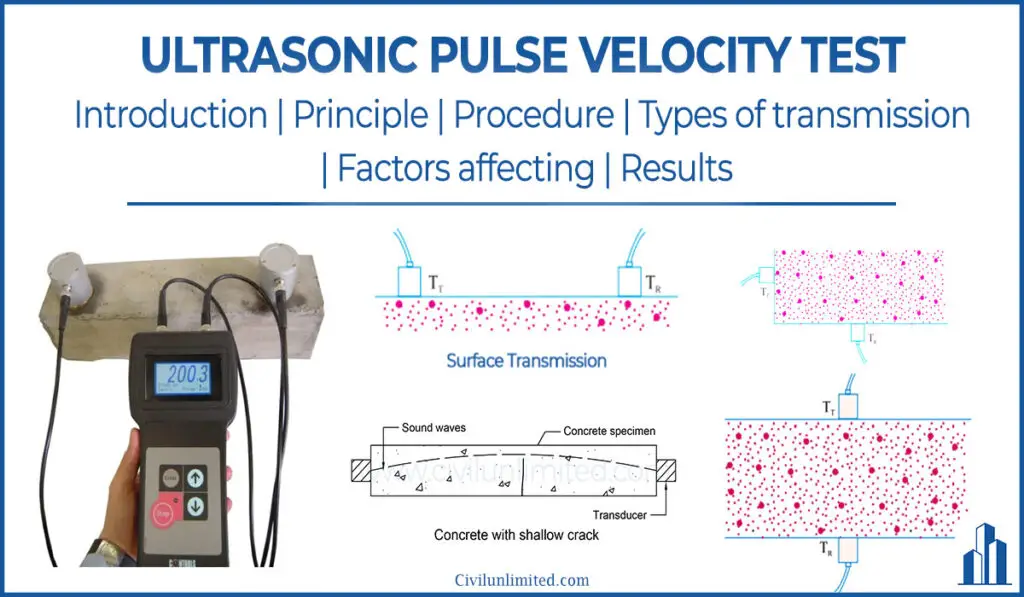Concrete Mix Ratio: Exploring Types, Grades, and Strengths
Concrete is the second most consumed material in the world, after water. It is fundamentally playing a huge part in shaping our world. With its extensive use, there is a growing need to prioritize and ensure the quality of concrete. The quality of concrete depends upon various factors such as the quality and quantity of […]
Concrete Mix Ratio: Exploring Types, Grades, and Strengths Read More »

